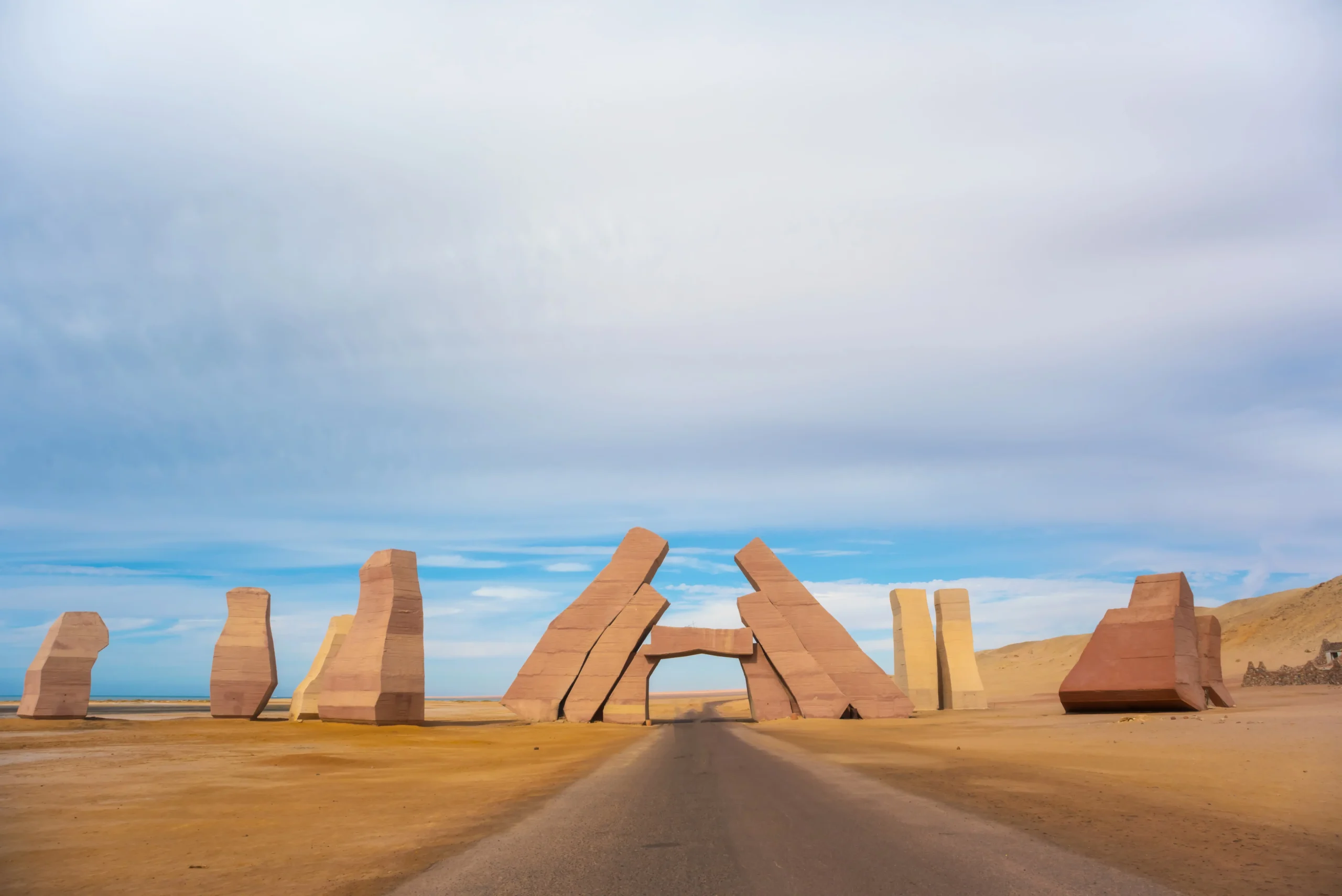Ras Mohammed National Park – Egypt’s Marine Paradise
Ras Mohammed National Park is located at the most southern tip of the Sinai Peninsula of Egypt. The park gives access to one of the world’s most beautiful sites, as the calm turquoise water of the Gulf of Suez mixes now and then with the deep blue waters of the Gulf of Aqaba. Being set in such an important position, the site enjoys one of the richest marine ecosystems there is.
Created in 1983, as Egypt’s first national park, Ras Mohammed extends into a fully protected county of land and sea over 80,000 acres. It hosts picturesque coral reefs with clear and saline lagoons; towering desert cliffs, and rare mangrove forests, which serve as crucial refuge grounds for fauna. Furthermore, the marine environment of the park is said to host around 1,000 species of fish, elegant sea turtles, dolphins, and rare birds passing seasonally through the area.
To enhance this ecological marvel somewhat, the park, therefore, offers some of the best spots for outdoor enjoyment for any tourist. Besides, with internationally acclaimed reefs for diving and snorkeling, these sheer walls are drenched with bright corals and schools of fish, Southern Sinai’s underwater wonderland. While trapped within depauperate deserts are saltwater lakes, a marvel for nature lovers and photographers. Whether for adventure, relaxation, or awe, Ras Mohammed National Park is guilty of stealing the heart of every traveler.
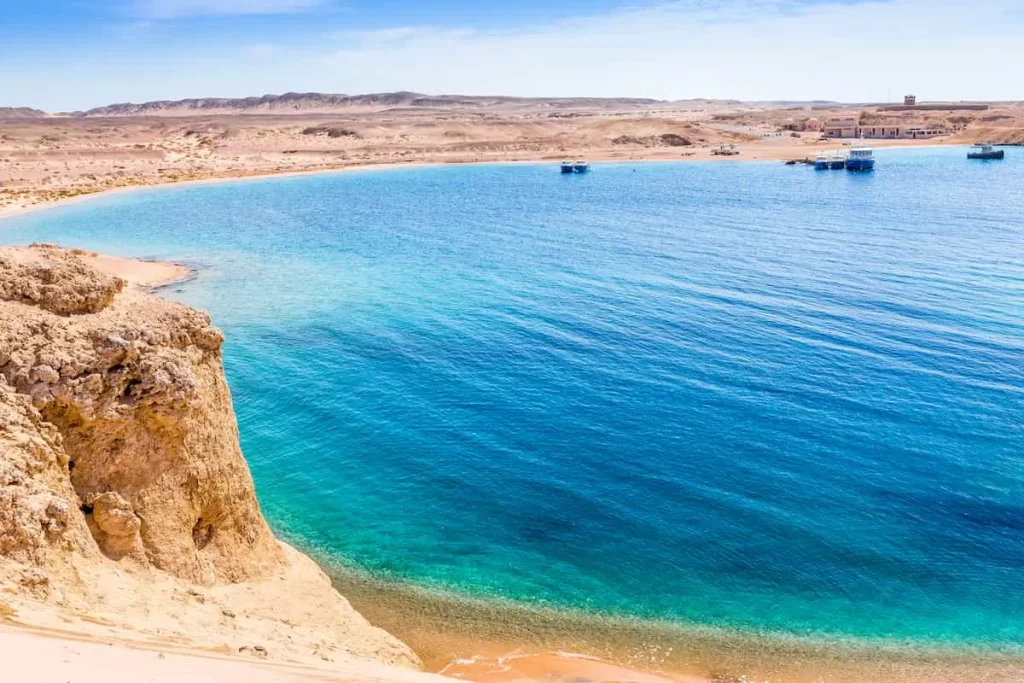
2. History, Geography, and Significance of Ras Mohammed National Park
Ras Mohammed National Park, being at the southernmost point of Egypt’s Sinai Peninsula, provides a beautiful backdrop for the turquoise waters of the Gulf of Suez to meet the deep blues of the Gulf of Aqaba. This strategic locale not only offers a magnificent view but also turns into one of the biologically richest marine areas on Earth.
Incorporated in 1983 as the first national park of Egypt, Ras Mohammed embraces over 480 square kilometers of land and sea under protection. The park offers pristine coral reefs and lagoons, towering desert cliffs, and rare mangroves that act as sanctuaries for wildlife. Yacht divers have over 1,000 species of fish, sea turtles, dolphins, and migratory exotic birds discriminatively protected under the marine environment of the zone.
Apart from the ecological allure, Ras Mohammed presents an outdoor experience hard to match. Diving and snorkeling are conducted in the world-renowned reefs that are so rich with colorful corals and thousands of species of fish that it can only be called paradise. Dramatic desert landforms down on the shores accentuate the outdoor attraction along with the hidden saltwater lakes standing in stark contrast-an awesome combination for nature lovers and photographers. Be it for thrill, relaxation, or simply adoration, Ras Mohammed National Park is bound to grip all hearts.
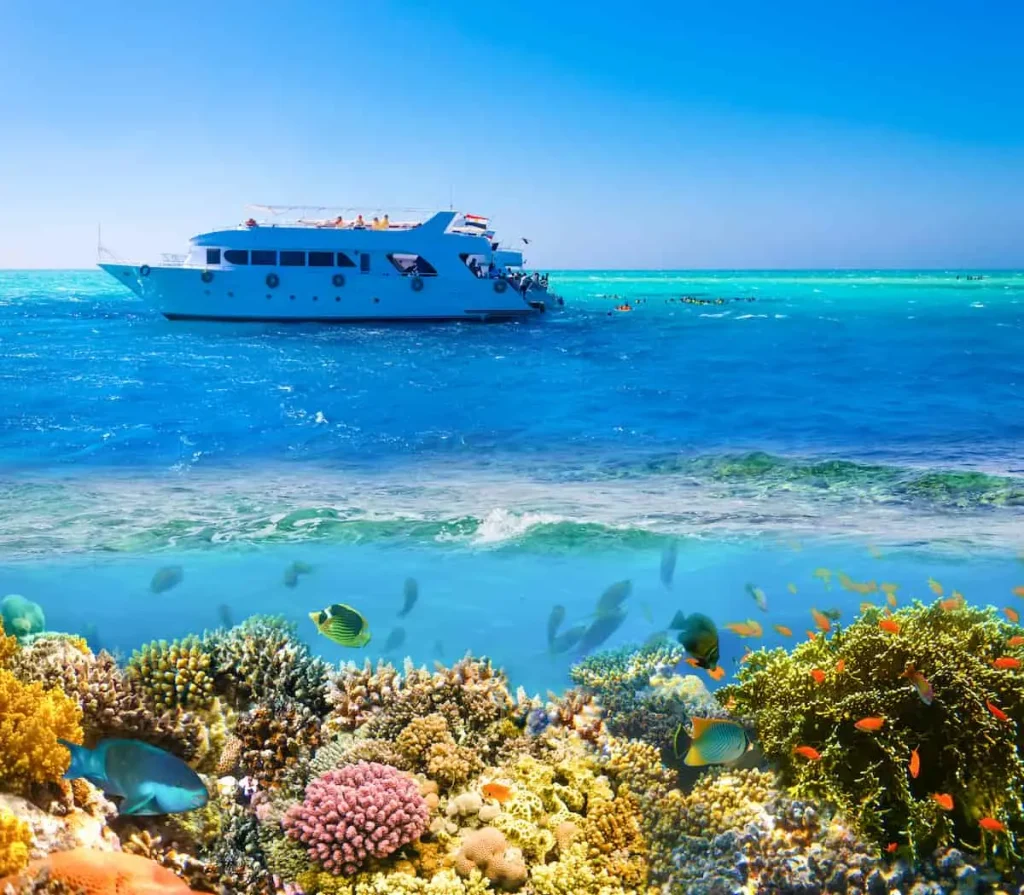
3. Ecosystems and Biodiversity of Ras Mohammed
The Ras Mohammed National Park is said to be a Mr. Vivid where the sky-land-sea interface presents the most diversified ecosystem of Egypt. Over 200 ornithogenic hard and soft coral species shelter in the premises of this perfume for transparent waters that, in turn, house delicate underwater gardens forming the Corinthian columns that uphold the entire marine ecosystem. The reefs have thriving populations of over 1,000 species of tropical fish, glamorous angelfishes, and parrot fish racing past the shadows of dignified turtles, merry dolphins, and an unusual Halloween appearance, once in a lifetime memories for any diver or snorkeler.
The park presents habitats for birds above the waves. Being on a main migration route, osprey, herons, white storks, among others, take the seasonal passages by providing safe nesting and feeding grounds amidst coastal lagoons and mangrove forests.
In ample contrast stands the desert, the wild scene of Ras Mohammed: bursting with life, indeed. Stately acacia trees pepper the arid wasteland, giving cool shade under which gazelles, foxes, and a few reptiles have the waters of life in this stark landscape. It is this glorious blending of marine, avian, and desert habitats that makes the park a birthing site for biodiversity, a living testimony to nature’s resilient union.
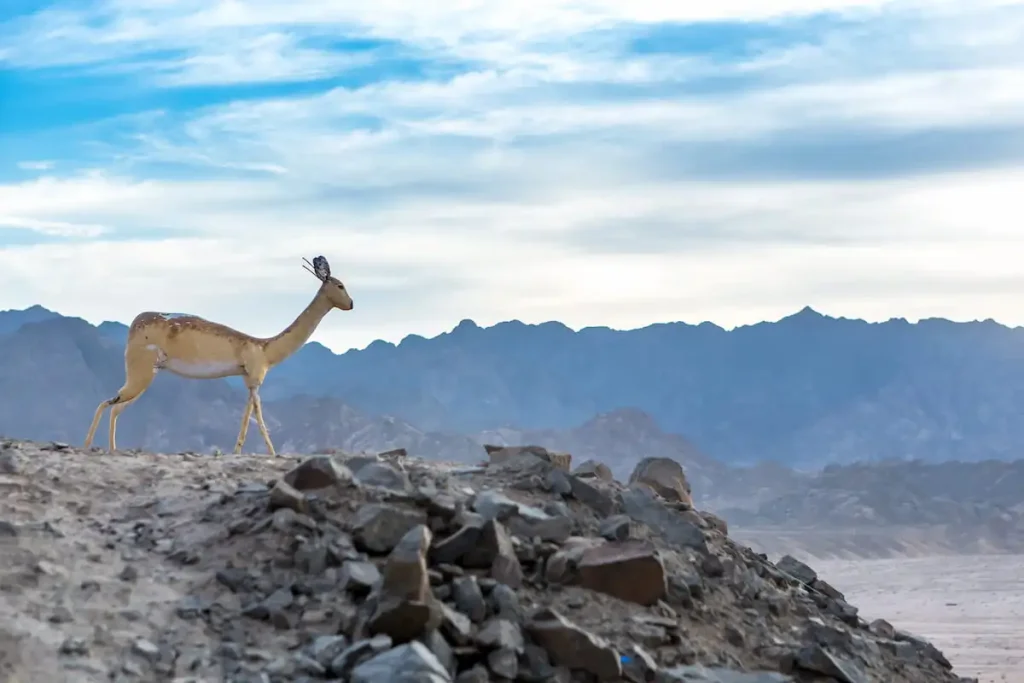
4. Diving, Snorkeling, and Other Activities
Ras Mohammed National Park is regarded as an international diving and snorkeling site. It attracts all sorts of party people from all over the globe. These world-famous dive spots could not have possibly offered any other underwater experience. Shark Reef is a vertical wall adorned with colorful coral and schools of fish, while Yolanda Reef became famous because of its sunken cargo of porcelain and bathtubs turned into an artificial reef. Anemone City resonates with the divers with big carpets of swaying anemones, and the shy clownfish welcome them in while Jackfish Alley provides the thrilling experience of drifting down from the tunnel to the sandy plateau.
Typically warm and clear, the waters of the park offer an excellent underwater visibility beyond the 30-meter mark, which is wonderful for photographers underwater. One can say these months, from April until October, are considered much appreciated diving times, since luminescence hits the highest points and so far, most seabird activities.
On the land, terrific attractions await that will compete with those of the underwater world. Walking the mangroves, unusual sights await at the Sierra of the inland salt lake, or stand on limestone cliffs, gazing into the vast Red Sea. Hiking trails cut through desert landscapes in the park, amenable to wildlife spotting, while shores offer locations for bird watchers tracking migratory species. Ras Mohammed is a wonderland of both adventure and nature, awaiting your experience on land or underwater.
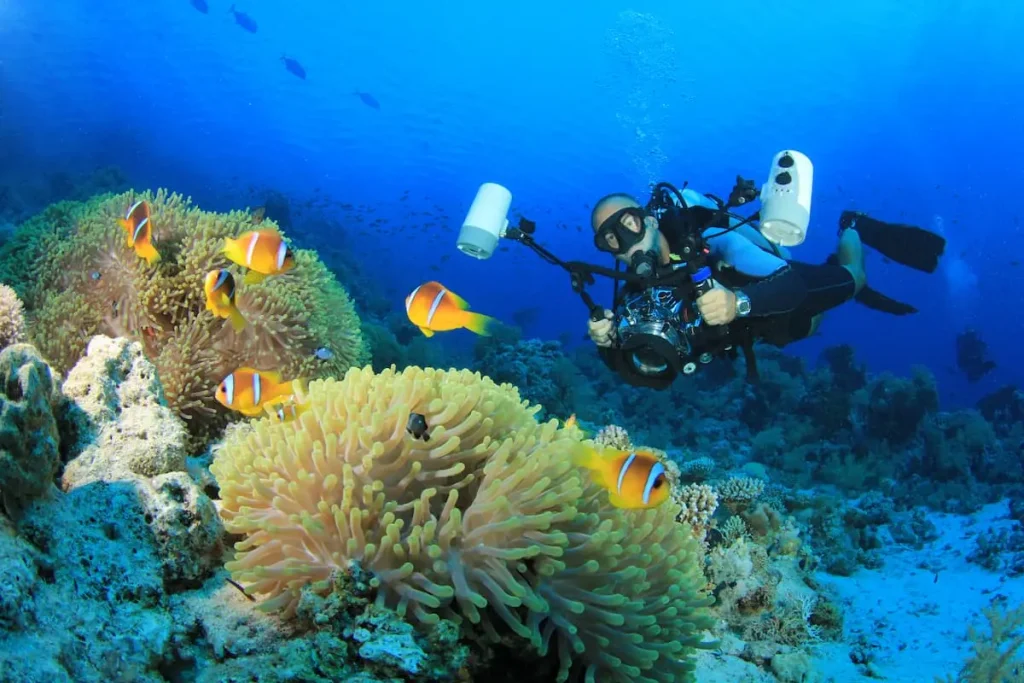
5. Conservation, Rules, and Environmental Challenges of Ras Mohammed
Besides being a wonder of nature, Ras Mohammed National Park is also protected by Egyptian law. Stringent measures have been put in place for the preservation of the fragile ecosystems within. Within the park, visitors must not fish, collect shells or corals, or touch the marine life. Littering is also strictly prohibited, and boats must restrict their anchoring to designated areas so as not to damage the coral reefs. It is even better to opt for a sunscreen that is reef-friendly to avoid any chemical insult.
Other environmental threats face the park. Coming to the big one, climate change takes the cake, as it bleaches reefs by way of rising sea temperature. Overfishing in adjacent areas disrupts the delicate marine equilibrium within the park, while the careless pressure of tourism in the form of kayaking, diving, or snorkeling further threatens the already endangered reefs and disturbs wildlife.
All the sustainability efforts revolve around the park management team. It monitors the reef at regular intervals, conducts marine patrols, controls visitor numbers, and mounts awareness campaigns among laypeople. These activities act as support for the restoration projects and research that are funded in the ecosystems. Visitation is thereby ensured that Ras Mohammed will exist today and forever as a thriving sanctuary with respect to park regulations passed on to the visitors.
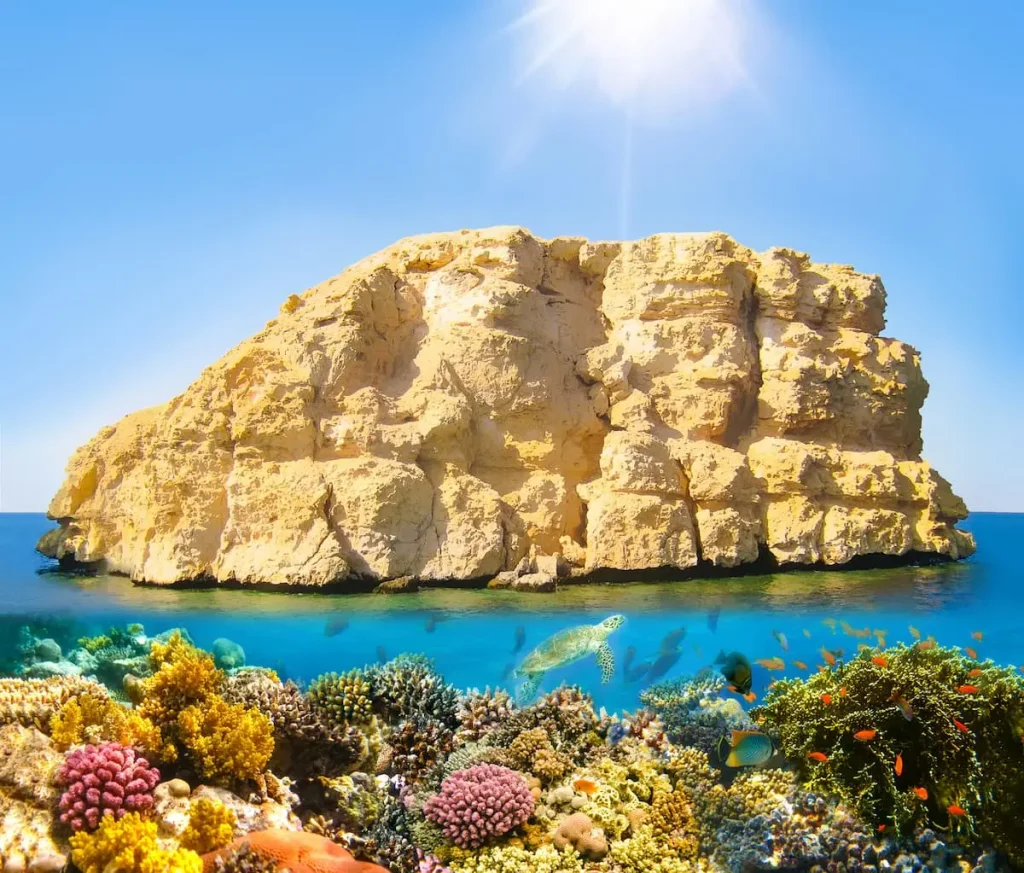
6. Visitor Information and Travel Tips
Ras Mohammed National Park is quite an easy destination to reach. Furthermore, it will take you around thirty to forty-five minutes if you come from Sharm El Sheikh, approximately 25 kilometers away, and about two hours from Dahab. Additionally, Entry to the park is through the main gate with reasonable entrance fees (always payable in cash), and opening hours are from sunrise to sunset.
Depending on what you want, you could get arranged trips that normally include transportation to the park along with rental gear and guides, or go on your own for a little more freedom. Basic Pan Facilities are available within the park area in an attempt to keep it neat and pristine, but dry picnic sites, modern restrooms, and licensed diving centers are located all around.
Ideal months for visiting fall in March, May and September November when warm temperatures prevail, but it is never too sweltering on the surface, while underwater, visibility is immensely clear. Summers are very hot; from late fall to early spring, you could wear a light jacket.
Photographing these immortalized spots should be Shark Reef, Mangrove Channel, and Salt Lake. Moreover, carrying a waterproof camera is great for shooting marine life, while a polarizer brings out rich hues in landscape shots. Lastly, safety tips include smearing on reef-safe sunscreen, steering clear of strong currentsàand staying well hydrated. Please give respect to park rulesàthey go a long way in conserving the park’s unparalleled beauty!
🏝️ Dahab Tours & Red Sea Adventures
Discover the relaxed charm of Dahab—a paradise for divers, snorkellers, and desert explorers.
From the world-famous Blue Hole, Ras Mohammed, and vibrant coral reefs to Bedouin safaris and sunset kitesurfing, Dahab offers unforgettable Red Sea experiences.
7. Cultural and Tourism Importance
Beyond just another natural wonder lies Ras Mohammed National Park, an acclaimed site along Egypt’s famed Red Sea Riviera and a precursor to the nascent ecotourism industry in the country. As, the first national park in Egypt, the country sets on track to demonstrate care for marine ecosystems and desert sceneries, thereby invigorating conservation practices in the Middle East and elsewhere.
For travelers, the park provides entry into top-tier diving and snorkeling experiences, which pull hordes of visitors from all over the world. From a sustainable tourism perspective, it aids the local economy by offering strict regulation of activities in order not to endanger fragile habitats and yet support providing them with once-in-a-lifetime experiences.
Environmentally speaking, Ras Mohammed has come to represent ecological awareness in Egypt. Furthermore, it has turned into a setting for nature educational programs supported by guided ecotourism activities designed to instill respect for nature among both local and foreign tourists and to value marine life, coral reefs, and desert fauna to protect them. Its magnificent biodiversity, scenic splendor, and vigorous environmental protection make it one of the real gems in Egyptian tourism.
8. Conclusion
Ras Mohammed National Park is an unparalleled treasure of nature in Egypt, where art deco striking coral reefs meet brightly turquoise waters and golden deserts. Moreover, it is well passed all around biodiversity, which extends to not only marine life but also the birds flying to the end of the globe and the desert wildlife that sleeps day in and day out: Nashaat Rahmany would write another page of his poems were he to observe it.
However, like most beautiful things, it is hurt sometimes. Indeed, the eternal life of the park depends on the further conservation and the understanding of its fragile nature by the guests. Therefore, tourists should also play a part in practicing the rules of the park so it is sustainable, such that the name ‘Ras Muhammad’ will continue to exist for more pages in history books.
Moreover, if one likes diving of the top quality, serene horizons of the desert or the cause of conservation brought to the heights of insperation, then nothing can match the journey led by Ras Mohammed going to the ‘uninhabited’ areas with ‘civilized’ accesses, as well as the truth which is known to every other planet: to conserve.

